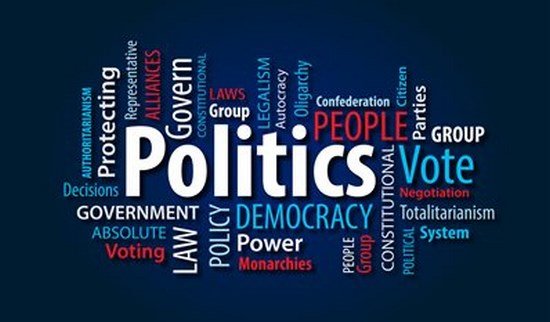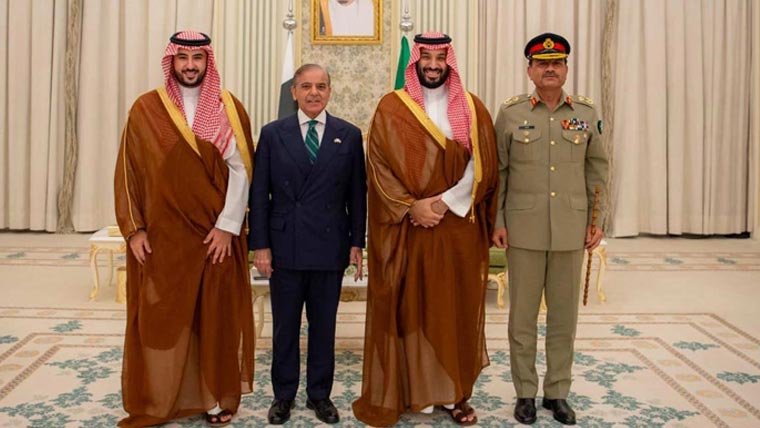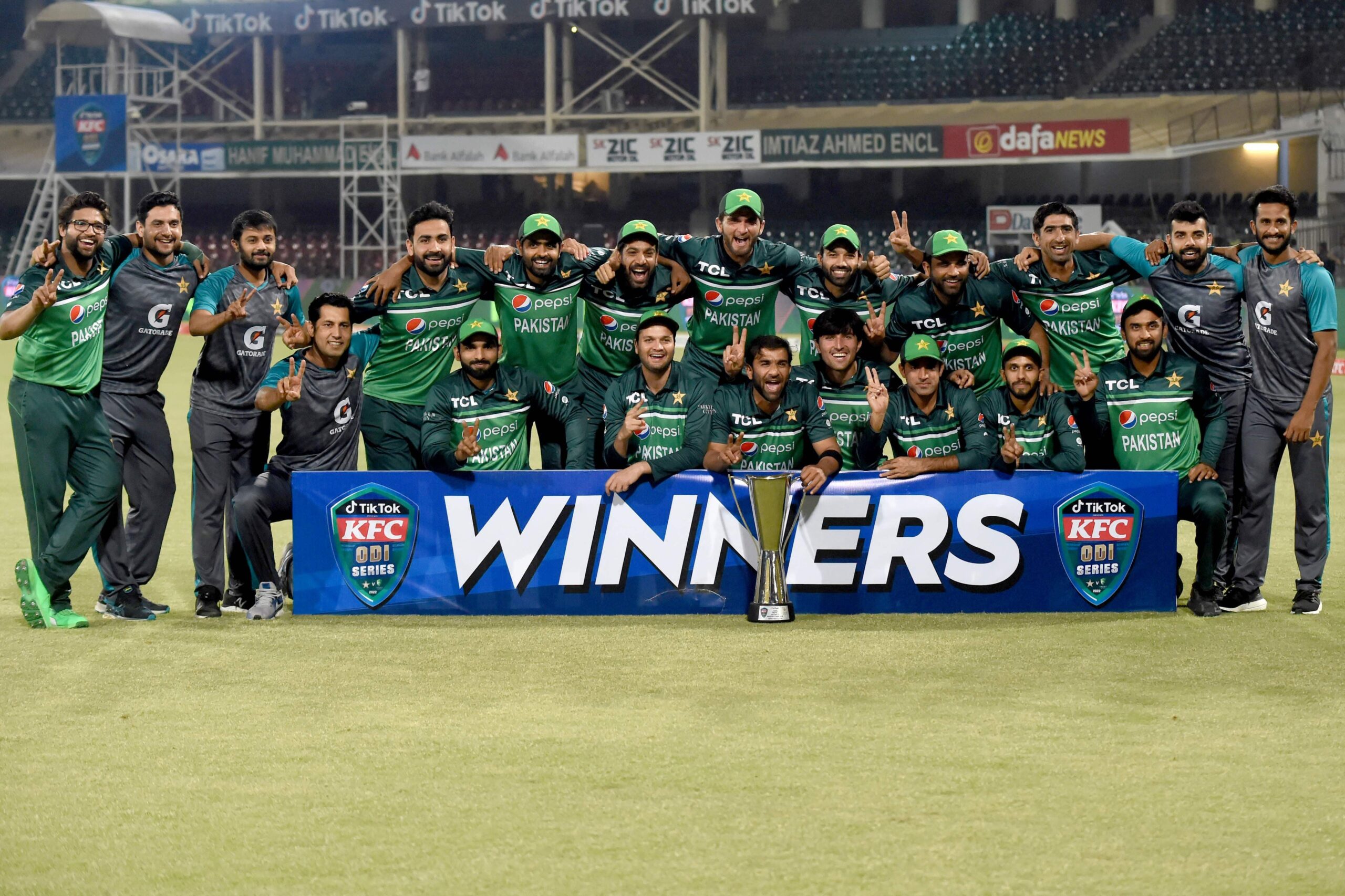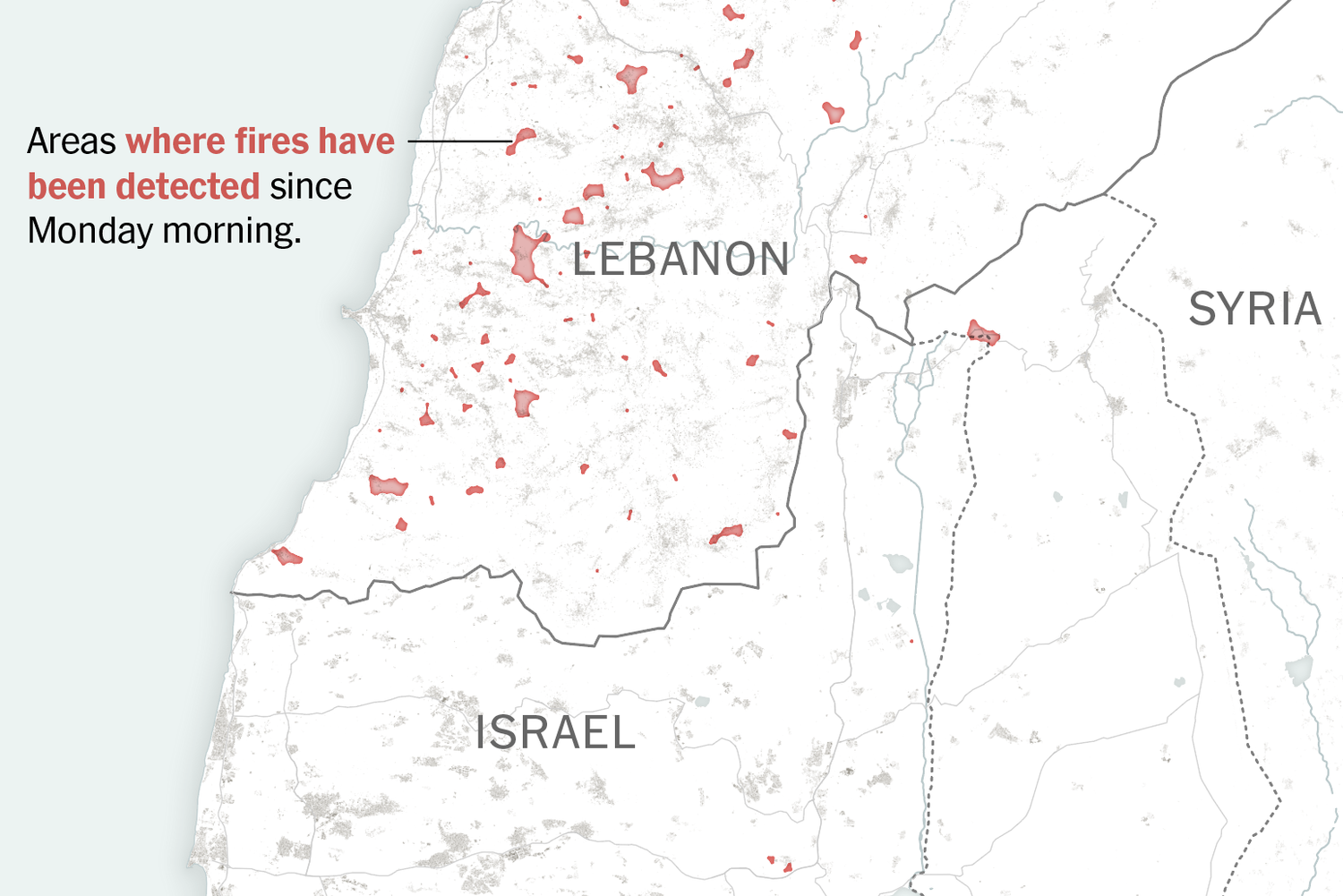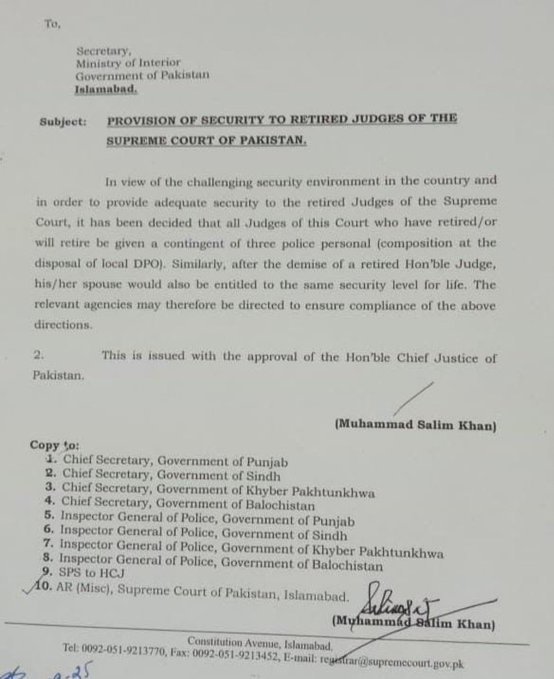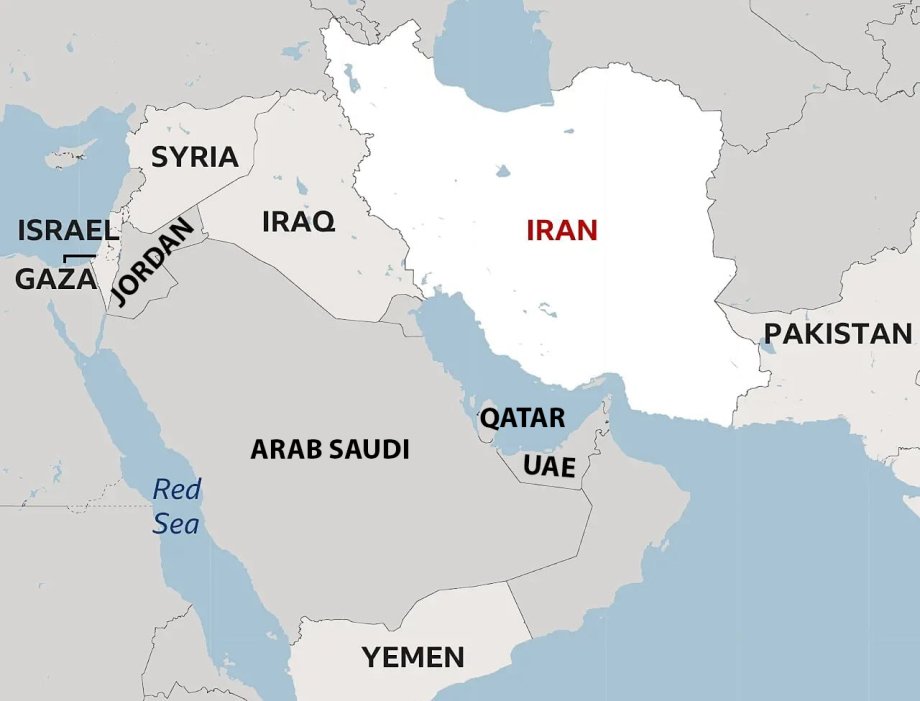Barrister Naveed Azhar
Politics in Pakistan has historically been shaped by a complex relationship between civilian governments and the country’s Establishment, particularly the military. While democratic ideals promote the notion that governments should emerge from the people’s will, the practical reality in Pakistan has often been different. Political legitimacy has often depended not solely on electoral outcomes but on alignment with the Establishment—a powerful and permanent actor in Pakistan’s political framework.
Unlike political parties, which rise and fall based on public support, the Establishment’s influence has remained constant over the decades. Every major political party — from the Pakistan Peoples Party (PPP) to the Pakistan Muslim League-Nawaz (PMLN), and most recently, Pakistan Tehreek-e-Insaf (PTI) — has at some point found itself in either cooperation or confrontation with the Establishment.
The 2018 general elections are widely regarded by critics as an example of PTI benefiting from Establishment backing. In the current political cycle, it is the PMLN that appears to be supported by the same institutional framework. This rotation of support has raised concerns over the independence of Pakistan’s democratic process and the ability of voters alone to determine political outcomes.
Following Pakistan’s recent military engagement with India, which was framed domestically as a strategic success, a renewed sense of national unity and confidence has emerged. In this context, there are increasing calls — from political analysts, civil society, and segments of the public — to allow PTI to participate fully in the country’s political process. Despite being sidelined institutionally and legally, PTI continues to command broad public support, particularly among the youth and urban middle class.
This potential reintegration of PTI into mainstream politics, however, presents a serious challenge to the PMLN. According to public perception and polling data, PMLN’s popularity has significantly declined. It is currently viewed by many as relying on Establishment support rather than public approval to maintain power. Consequently, a rapprochement between PTI and the Establishment could displace PMLN’s political position, at least in the short term.
Pakistan’s political environment at present resembles a strategic chessboard. The two most influential players are PTI and the Establishment. A political settlement or understanding between them would likely alter the entire power structure. For PMLN, this would be an existential threat, as it depends on its current proximity to institutional support to retain relevance. Therefore, PMLN may actively resist any reconciliation between PTI and the Establishment.
PPP, in contrast, holds its primary political base in interior Sindh and may not be as directly affected by PTI’s resurgence. However, PTI’s increasing popularity even in Sindh could pose a future challenge to PPP’s regional dominance. Other parties — such as JUI-F, Jamaat-e-Islami (JI), TLP, ANP, and MQM — lack sufficient national influence to significantly impact the broader political landscape. Their role remains limited to coalition-making and regional influence.
PTI finds itself at a crossroads. While it has built a political identity around resisting Establishment dominance and advocating for democratic autonomy, practical politics may require a strategic compromise. A negotiated return to mainstream political space could offer PTI an opportunity to contest elections and form a government. For the Establishment, this would also be beneficial, as PTI remains the most popular political entity and could provide electoral legitimacy.
However, such reconciliation would likely demand a shift in PTI’s tone and approach, including a reduction in its direct criticism of institutions. Whether Imran Khan and his leadership are willing to make such concessions is an open and uncertain question.
Please subscribe to the YouTube channel of republicpolicy.com for quality content:
The PMLN currently governs, but its legitimacy is contested due to its perceived dependence on Establishment support. Governance challenges, economic instability, and public discontent have all contributed to a decline in the party’s popularity. Without a strong grassroots movement or a compelling policy agenda, PMLN’s political sustainability appears increasingly reliant on maintaining institutional backing.
This situation incentivizes the party to discourage any move that may bring PTI and the Establishment closer. As a result, legal challenges, media narratives, and political maneuvering will likely continue as tools to keep PTI at the margins.
At the core of Pakistan’s political dilemma is the question of civilian supremacy. Democratic theory and practice require that elected representatives govern independently, without undue interference from unelected institutions. However, this principle has struggled to take root in Pakistan.
The path to establishing true democratic governance is long and difficult. Nonetheless, it remains the only sustainable and legitimate course. Until the electorate becomes the sole source of political power, instability, and contestation will persist.
Pakistan stands at a critical moment in its political journey. A potential reconciliation between PTI and the Establishment could dramatically change the country’s power dynamics. Yet, such a shift will not be uncontested. PMLN, in particular, will likely resist any move that undermines its current position.
Ultimately, democratic progress in Pakistan will depend on one fundamental shift: the recognition that the people, not institutions, must decide who governs. Until that shift occurs, political actors will continue to engage in tactical alliances rather than substantive reforms, and democracy will remain a promise yet to be fulfilled.
Republic Policy does not necessarily means to endorse the opinion of the writer.



